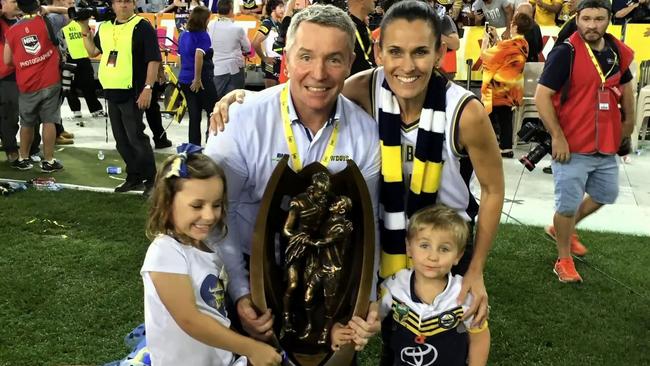Suicide: our darkest scourge demands our swiftest action

The numbers are stark. In 2020, 3139 Australians died by suicide. An average of nine deaths every day. Four out of every 10 deaths of Australians aged 18 to 24 years old are now due to suicide.
These statistics are heartbreaking. So, how should we respond? As a psychiatrist, I am worried that while we are beginning to ask the right questions, we keep coming up with the wrong answers.
In many ways Australia has led the world in mental health advocacy and mental health awareness. Billboards, TV, radio and news stories about mental health encourage people to seek help for mental health symptoms. This is important, but is this enough?
There is no question that advocacy and awareness are vital first steps. But over the years there has been little evidence of any improvements in our mental health or rates of suicide. Despite avoiding the surge in suicides during the Covid-19 lockdowns many had feared, the evidence is that levels of mental ill health and distress continued to rise, particularly among young Australians.
So, what can we do?

I argue there are two key actions we need to take together.
First, we need to adequately fund and reform our mental health care system. There is so much more that can be done and needs to be done. Not everyone who takes their own life has tried to get help from the healthcare system, but many have. And in many cases, they have found it a frustrating journey.
I don’t believe Australia has a mental health awareness problem. GP waiting rooms are full of people seeking help for their mental health problems. Psychological symptoms are now the No.1 reason people see their family doctor.
Most GPs do a fantastic job of providing initial support and help. But when they refer someone to a psychologist or psychiatrist, there is often a six-month wait, or no availability at all because the mental health clinics are so oversubscribed.
There are some simple steps we can take to improve mental health care in Australia, but ultimately the answer is better funding for mental health services and training more mental health clinicians.
The World Health Organisation predicts that by 2030, depression will be the leading cause of disease burden in high-income countries such as Australia. We need to adjust our health funding models to match the changing nature of disease in our society.
Second, as a society we need to combine science and lived experience to explore solutions. We need to go beyond talking about mental ill-health and suicide and develop solutions that will be prevent tragic outcomes.

The number of Australians lost to suicide is nearly three times the road toll. We have been able to dramatically reduce the number of young Australians dying in motor vehicle accidents through innovation, science and funding that has produced better cars and safer roads. Mental health needs the same approach. The sad truth is that, over the years, millions of dollars have been spent on mental health programs, advocacy, awareness and suicide prevention programs. And we still have no idea if many of these are effective. Or, worse, know that some are unlikely to have any real impact and may even be harmful.
I mentioned earlier that some will try to seek help before suicide, but many do not. How can we help those who fly under the radar? Can we find novel ways to provide these people with support?
Black Dog Institute’s Under the Radar research program is finding answers to these questions and is an example of how we can use science to find solutions and make a difference.
If we are serious about improving the mental health of our population and reducing rates of suicide, we need to fund the scientific research to guide us. This will have a cost, but to prevent the shocking loss of people like Green, and the countless other young men and women, we have to do things differently. We need to take a “whatever it takes” approach and invest accordingly.
Although many of the actions for new approaches are in the hands of elected representatives and policy makers, we all have a role to play. In recent weeks, we have heard schools, workplaces, community groups and individuals asking what can we do?
We can all play a role in finding the right answers. We can ask for help when needed, we can check in on those around us, we can raise money for mental health research, and we can demand answers from those in positions of power.
The time for talking has well and truly passed. We need to fund action and solutions.
Professor Samuel Harvey is the executive director and chief scientist at the Black Dog Institute.



The recent sad death of legendary 49-year-old rugby league coach and player Paul Green shocked the Australian community and shone a spotlight on the tragedy, loss and sometimes confusion that suicide brings. The burning question for all of us is: “What can we do to stop so many Australians dying by suicide?”